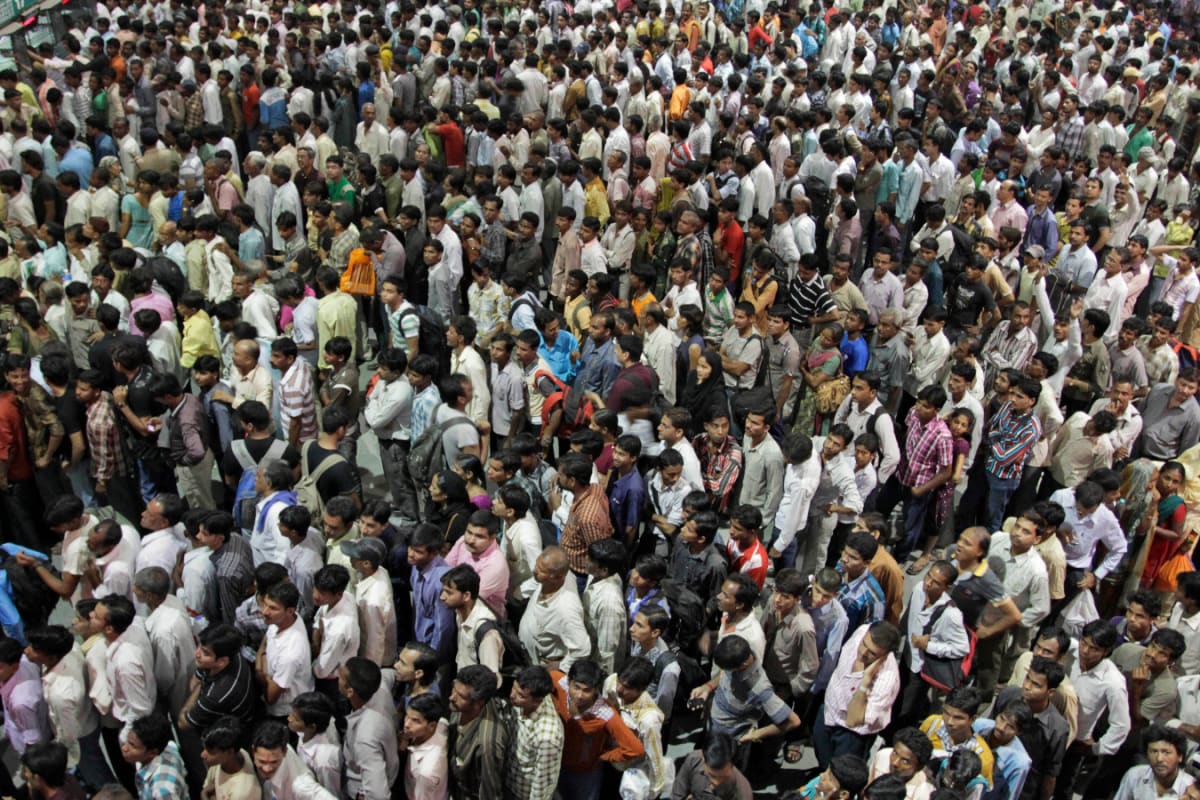

Between 2014 and 2025, the Bharatiya Janata Party (BJP) has asserted its commitment to uplifting India's middle class through various policies and reforms aimed at easing everyday challenges and strengthening financial security, housing, healthcare, and skill development. These initiatives, implemented over the past eleven years, reflect a steady and sincere effort to make life easier, fairer, and more dignified for millions.
Tax Relief and Simplified Compliance:
One of the key areas of focus has been providing tax relief to the middle class. The government has implemented several measures to lower income tax rates and simplify the tax filing process. The simplified tax regime introduced in 2020, along with the digital shift towards pre-filled returns, has fostered a culture of voluntary compliance. As a result, Income Tax Return (ITR) filings have more than doubled, from 3.91 crore in FY 2013-14 to over 9.19 crore in FY 2024-25. By the time the 2025–26 Union Budget was rolled out, the income tax threshold had effectively been raised to ₹12.75 lakh, thanks to both exemptions and deductions. Salaried employees now enjoy a standard deduction of ₹75,000. The budget's income tax exemptions mean that individuals earning up to Rs 12 lakh annually will pay no income tax—a move aimed at boosting disposable income and stimulating urban consumption.
Financial Inclusion and Pension Schemes:
The government has also focused on enhancing financial security through various pension schemes. The Unified Pension Scheme, effective from April 1, 2025, guarantees a minimum assured pension of ₹10,000 per month upon retirement after completing 10 years of service. In case of the employee's death, their family will receive a pension equal to 60% of the assured pension. The scheme is expected to benefit around 23 lakh Central Government employees, with several State Governments also adopting this model, extending its coverage to over 90 lakh individuals currently under the National Pension System. Atal Pension Yojana (APY) is another government-funded pension plan focused on individuals employed in the unorganised sector who don't have any retirement plans. The scheme encourages long-term savings by providing a fixed monthly pension of ₹1,000 to ₹5,000, depending on the age of entry and monthly contributions, to be paid after the subscriber attains 60 years of age.
Affordable Housing:
Providing access to safe and dignified housing has been another priority. The Pradhan Mantri Awas Yojana (Urban), launched in 2015, aims to provide affordable housing to the weaker sections (EWS), low-income groups (LIG), and middle-income groups (MIG) of the nation's society. The Centre has committed ₹1.97 lakh crore in assistance, with ₹1.69 lakh crore already released. From 2014 to 2025, over 1.16 crore houses were sanctioned, and construction has begun on more than 1.12 crore homes.
Healthcare and Skill Development:
The Ayushman Bharat–Pradhan Mantri Jan Arogya Yojana (AB-PMJAY) has emerged as one of the world's largest publicly funded health assurance schemes. As of May 30, 2025, over 41.02 crore Ayushman Cards had been created in 33 States and Union Territories. The scheme has enabled 8.59 crore hospital admissions worth ₹1,19,858 crore, ensuring access to secondary and tertiary care without pushing families into debt. Launched in 2015, PMKVY became the backbone of short-term skill training in India. As of April 18, 2025, it equipped over 1.63 crore youth with practical skills through certified training across sectors like manufacturing, healthcare, IT and construction.
Infrastructure Development:
The government has also focused on improving infrastructure to ease commuting and travel for the middle class. Metro rail networks have expanded from 248 km in 2014 to over 1,013 km in 2025, with daily ridership jumping to 1.12 crore. The UDAN Scheme has made air travel a reality even for small-town families, with the number of airports increasing from 74 in 2014 to 160 in 2025.
Challenges and Criticisms:
Despite these efforts, some surveys indicate that a section of the middle class feels that the government has not provided them with adequate relief, particularly in the face of high food inflation and fuel prices. Some experts believe that income tax sops alone are not enough to significantly improve the financial well-being of the middle class. Some reports also suggest that the BJP's support from the middle class has declined in recent elections.
Overall, the BJP government has implemented various initiatives aimed at improving the lives of the middle class in India between 2014 and 2025. While some of these initiatives have been successful in providing tax relief, affordable housing, healthcare access, and skill development opportunities, challenges remain in addressing concerns related to inflation, job creation, and overall economic well-being.